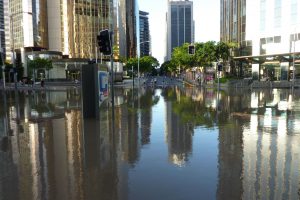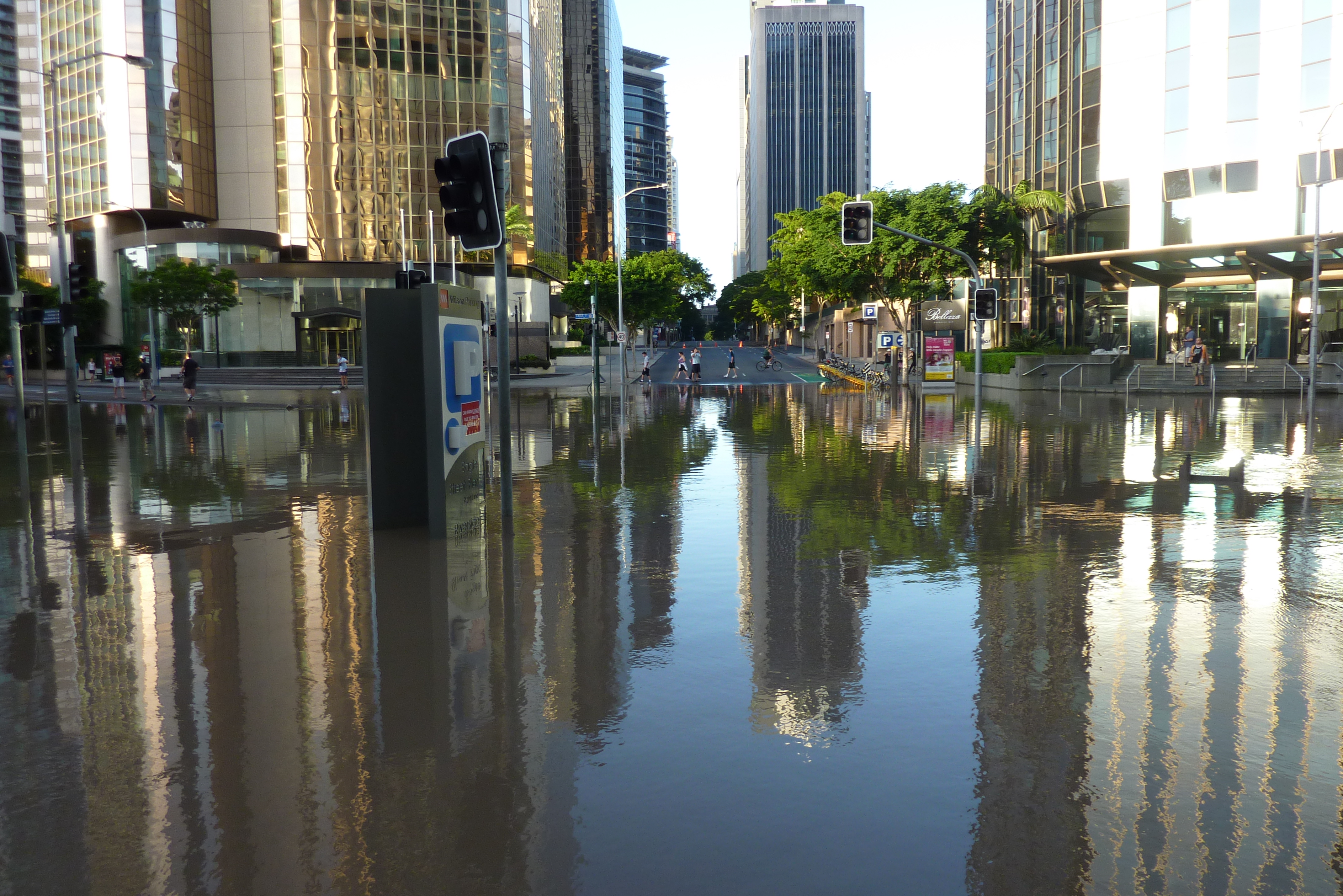By: Cecilia Moore

(Photo Credit: Andrew Kesper)
The debate over the existence of anthropogenic climate change is shifting away from whether or not it is real, to how serious is it? A recent report by the Intergovernmental Panel on Climate Change (IPCC), that has been approved by delegates from 195 nations, has concluded that climate change driven in part by human activites is “extremely likely.” Meaning, that the authors are 95 percent certain that humans have caused current rates of climate change. On September 27, the United Nations’ IPCC released this colossal 1,000-page report offering the world’s policymakers a comprehensive view of the most cutting edge research in the field of climate science. It has contributions from over 2,000 scientists, and every word has been reviewed and accepted by the 195 member nations of the IPCC. For the first time since the panel’s conception in 1988, there is a global consensus that anthropogenic climate change is real, and it is happening now.
The world’s politicians are in disagreement over the gravity of these findings, however. In an article titled “Models of Misinformation,” the Competitive Enterprise Institute’s Dr. Marlo Lewis points out the main issues many conservatives within the United States have with the IPCC’s report. He concedes that the world’s climate is shifting and temperatures are increasing but is doubtful that this change is large enough to be of concern, and he is worried that the current climate predicting models, especially those predicting sea level rise, are too alarmist. In addition, the conservative Heritage Foundation has sponsored a report on the impact Pres. Obama’s proposed carbon emissions reduction programs would have on the United States and possibly other countries. They have concluded that, “Extending the [United States’] carbon policy to all major developed countries would only increase the overall negative impact on the world economy, leading to net losses of nearly $400 trillion by 2100.”
While these reports bring up an important point that the United States has to be careful of the policies it enacts today so that the future of the world’s economies are not ruined — the fact that the world’s oceans are rising as a result of a warming climate and that this is harming modern economies cannot be ignored. Steadily increasing sea levels are threatening the livelihoods of coastal peoples from the Pacific Rim to the United States’ Atlantic seaboard. Small islands in the Pacific are going the way of Venice. The Pacific island government of Kiribati is even looking to buy land in Fiji to relocate its populace to in the future.
Exhausted with the sluggish pace other nations are taking in their efforts to reduce their greenhouse gas emissions, the Pacific Island Forum crafted the Majuro Declaration during the first week of September. The declaration lays out measures that the 15 members of the forum, which includes such islands as Australia and New Zealand, will take to reduce their greenhouse gas emissions in hopes that their demonstration of “climate leadership” will inspire other nations around the world to do the same.
Communities along the United States’ coasts are facing this same crisis. Many towns, including a number of ones along Georgia’s coastline, have been built on flood plains, which makes these areas especially vulnerable to flooding. Currently, the United States’ federal government is addressing this issue by motivating local governments to increase their defenses against flooding, a phenomenon that has been exacerbated as of late by extreme weather conditions and rising sea levels. Communities are motivated to do so through FEMA’s Community Rating System (CRS).
In 2012, Congress passed the Biggert-Waters Flood Insurance Reform Act, which reduced federal subsidies for homeowners’ flood insurance. Once the changes are implemented, homeowners along the coast are going to see their flood insurance rates increase. In order to minimize this increase, the CRS was created. The CRS rates cities on their flood preparedness and assigns them a number from 10-1. A 10 means that the government has not done anything to mitigate the threat of flood waters, while a 1 means that a town has been proactive enough to have not built anything on a flood plain. A lower score means a lower flood insurance rate. Dr. Jason Evans, who is a faculty member of the University of Georgia’s Carl Vincent Institute of Government, is working with St. Mary’s, GA, and Hyde County, NC, to help them tackle the CRS system.
Dr. Evans is also working with the local government of Tybee Island, located just twenty minutes off the coast of Savannah, to help it lower its CRS rating. He has presented the town with a set of cost-benefit analysis reports based off of a variety of sea level predicting models. As mentioned earlier, there are a number of sea rise models that could be used. “For the Georgia coast,” Dr. Evans acknowledged, “the lowest prediction, which is based off of the current linear trend, is one foot over one hundred years. The highest scenario is 6.6 ft… NOAA recommends 3.3 ft as the baseline for planning.”
Because the IPCC and NOAA cannot definitively point to a single model of sea level rise as being the perfect predictor of future sea levels, some conservative domestic policy makers have used this as a good enough reason to doubt climate science and to refrain from implementing policies that are aimed at lowering the United States’ emissions. However, our nation’s leaders need to open their eyes to the science being presented in front of them in this new report, which is screaming at them to take climate change seriously. A global consensus of over 2,000 climate scientists is saying that the United States and the rest of the world need to lower their greenhouse emissions or face irreversible consequences. There are no loopholes in this. Furthermore, why only worry about the fate of the United States’ economy 100 years from now, when the United States’ and other countries’ economies are already hurting from non-action? Tybee Island, and a number of other coastal communities around the United States are preparing for the short-term problem of flood insurance hikes and the long-term problem of higher sea levels. Some nations are preparing for their countries to be swallowed up by the ocean. Thus, the United States needs to enact climate saving legislation now, for the sake of its current and future citizens as well as for the rest of humanity.


